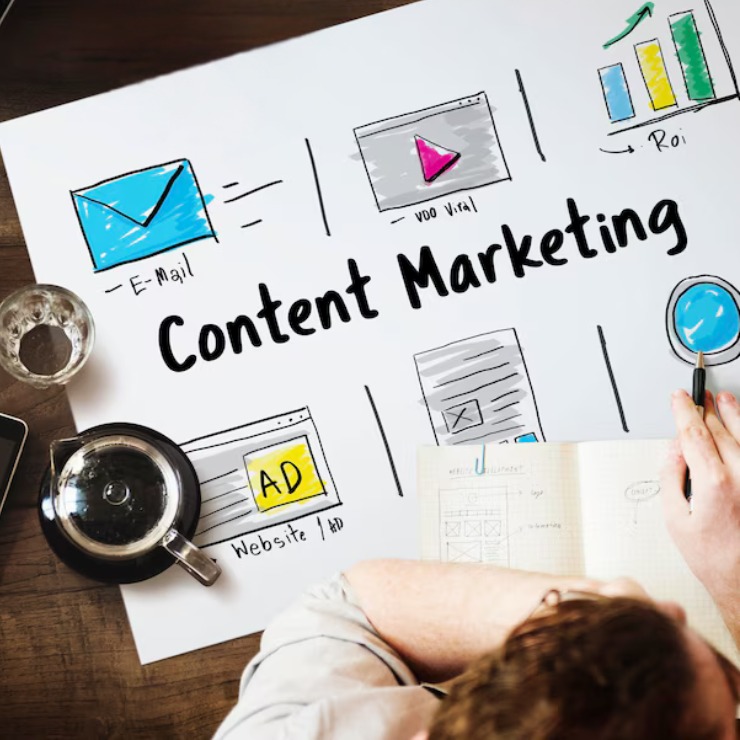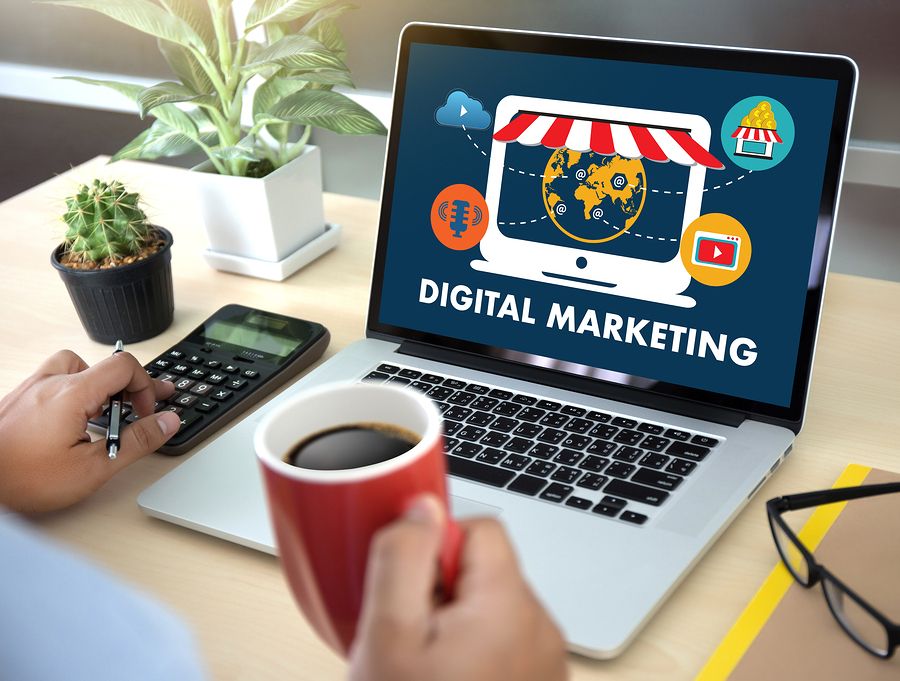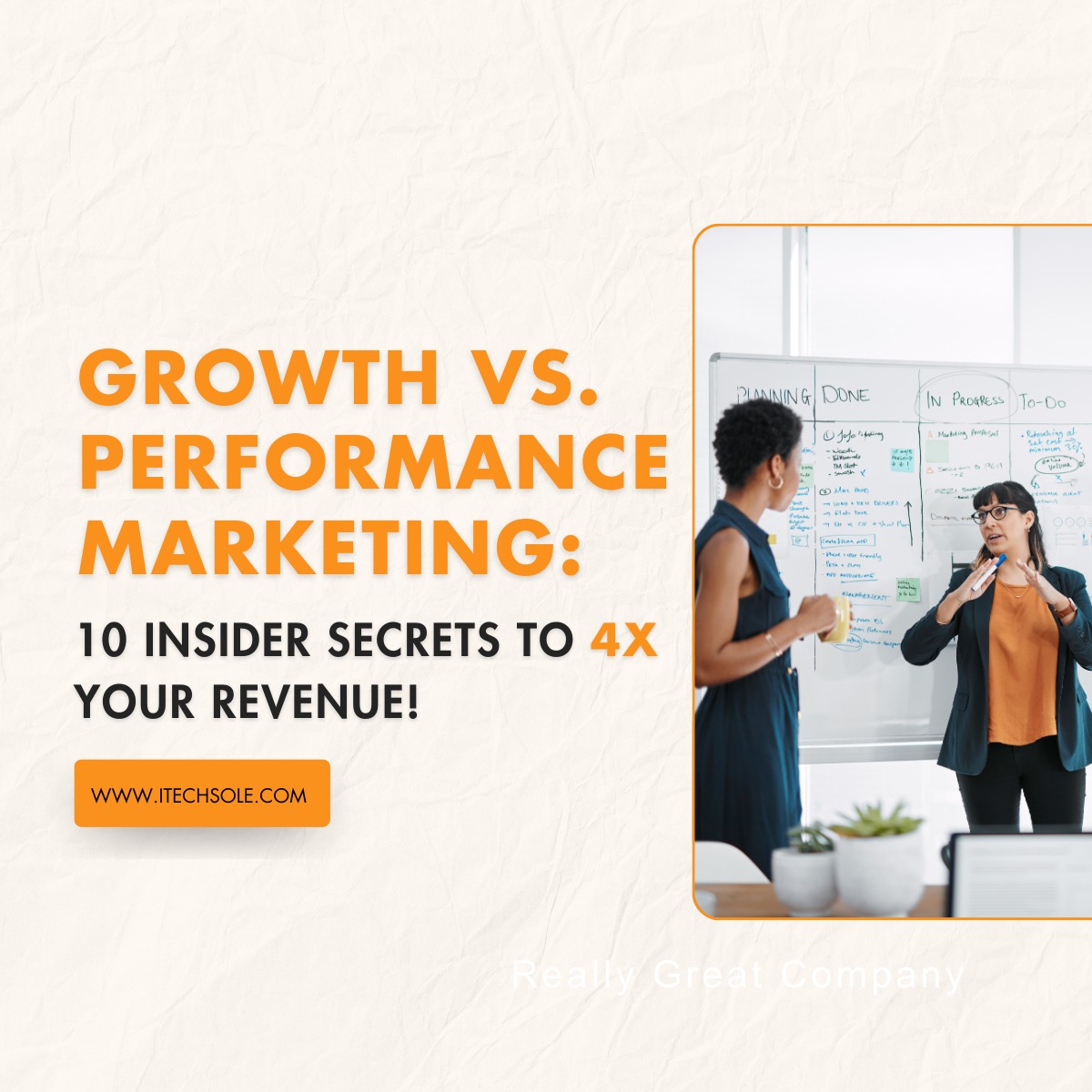Email marketing is a powerful digital marketing tool businesses across the globe use to strengthen their relationships with customers, and fuel sales.
In 2024, the total email marketing revenue was a whopping $9.5 billion. For every dollar that you spend on email marketing, the medium gives you an ROI (return on investment) ranging between $36 and $42.
These stats aren’t only incredible. They are true as well. Well that explains why expert digital marketing agencies equip their marketing toolkit with email marketing.
If your digital marketing strategy doesn’t involve email marketing, you are definitely missing out on growth opportunities. It is like leaving $100 bills on your table—open for anyone to steal. That’s exactly what happens when you don’t practice email marketing—you leave potential and existing clients open for your competitors to grab.
We are here to make sure that DOES NOT happen to you with this email marketing guide. This ultimate email marketing guide talks about what email marketing is, how it works, types of marketing emails, top email marketing tools and the best email marketing strategies. Follow it, practice it and ace it—you’ll be amazed at how fast your ROI multiplies in 2025!
What is Email Marketing?
Digital marketing involves many strategies and tools. One of those is email marketing which primarily refers to emailing customers and prospects about your business, its offerings, new promotions, deals, and other value-driven content.
While email marketing may seem a promotional tactic on the surface, it goes deeper than that. It is indeed a communicable tool that builds relationships, fosters growth, warms up leads, and gently turns them into paying customers. Yes, email marketing can make your conversion rate EXPLODE! FOR REAL!!!
Email users have grown to 4+ billion over the years. Plus, email is a more direct and personalized communication channel. You get one-on-one access to your prospects and customers. Yeah, it is virtual, but still direct.
With email marketing you can do a lot: advertise your business, promote existing and new services/ products, inform users about seasonal sales, discounts and offers, engage your customers, make users remember and recall your brand, reinforce customer loyalty and drive sales.
Contrary to a common opinion, email marketing works BIG TIME!
How Does Email Marketing Work?
Email marketing is rooted in lead collection. You collect leads, usually through a lead magnet or a signup form. Once you have some leads, you segment them using filters such as behavior, interests, and needs. Moving on, you create emails to send them specific content at targeted points along their customer lifecycle.
Here’s a step-by-step email marketing process:
- Lead capture: It all starts with grabbing leads. Landing pages, pop-ups and forms are useful to capture leads.
- Segmentation: This involves grouping audiences according to their preferences, demographics and behavior.
- Email automation: It encompasses automating emails keeping the different emotional triggers into account.
- Tracking performance: This involves monitoring the email open rates, conversions and CTR, and conducting A/B tests.
- Email optimization: Optimizing emails is crucial to maximize your efforts. This encompasses testing content formats, send times and subject lines.
Powerful emails sent at peak times to targeted audiences generate unimaginably good results. That explains why emails are 40 times stronger than Twitter or Facebook in converting leads into sales.
Let’s dive into the different types of marketing emails.
What Are the Different Types of Marketing Emails?
61% of all types of consumers prefer it when brands contact them via email as compared to other media. But is every consumer at the exact same stage in their buying journey? No. So a one-size-fits-all strategy will barely work.
This is what led marketers to create different kinds of marketing emails that resonate with different types of audiences. When audiences see something they connect to in their decision-making process, they are highly likely to take action.
Below are the 7 main types of marketing emails along with the different stages they should be used at.
- Welcome Emails: Just like you warmly greet a visitor, welcome emails have a hospitable tone. They introduce the brand, guide the user, set expectations and initiate a bond.
- Newsletter emails: Turning prospects into paying customers is a journey. You need to nurture your leads. That happens best when you provide them with updates, tips, blogs, insights and other information through newsletter emails.
- Transactional emails: Transactional emails inform users about their order status, order confirmation, shipping updates and other concerns including password resets.
- Promotional emails: Businesses and brands have different promotions from time to time. Promotional emails are time-sensitive emails that share product launches, events, seasonal offers, discounts and other promotions with users.
- Re-engagement emails: Engaging and re-engaging subscribers is crucial to keep them hooked to your brand. Re-engagement emails help win back all the dormant subscribers and manage the list churn.
- Feedback or survey emails: Knowing your customers, getting their feedback and collecting insights regarding your brand, different concepts and trends is crucial. This is where survey or feedback emails serve their purpose.
- Behavioral emails: These are triggered by different user actions such as signup completions, product views and cart abandonment.
Every type of marketing email has a specific role in strengthening relationships with customers. Mastering how and when to use diverse formats dramatically boosts the engagement rates. Not just that, it also reinforces brand loyalty and gradually drives higher conversions.
The key to get this right? Craft a compelling message and match it to the right point in the customer’s lifecycle. That’s how you make sure your audiences are seen, heard, motivated and valued.
When email marketing was quite new, manually crafted emails were on rise. Soon many email marketing tools came in, and took everything by the storm. Let’s share some of the top email marketing tools with you.
What are the Best Email Marketing Tools?
Email marketing tools automate the entire email process making it easier and quicker to send emails in bulk to your users. Whether you are practicing email marketing, or are new to it, consider these top email marketing tools for the job.
- Mailchimp: It is a great tool for beginners and seasoned users alike. With automation features, built-in templates and a user-friendly interface, mailchimp makes email marketing a smooth sailing.
- Klaviyo: Over the years, Klaviyo has risen in popularity. It is a brilliant email marketing tool for ecommerce particularly because of its seamless integration with WooCommerce and Shopify, two of the best ecommerce platforms for small businesses.
- HubSpot: HubSpot has tons of tools for digital marketers including its email marketing tool. Its email marketing tool has a solid CRM with advanced tracking which works well for enterprises.
- GetResponse: If you are seeking an all-in-one email marketing solution packed with funnel and webinar creation tools, GetResponse is your go-to platform.
- ConvertKit: If you are a content creator, the ConvertKit email marketing tool is ideal for you. Its tagging system and intuitive visual automation features are two of its biggest selling points.
- Brevo: Formerly known as Sendinblue, Brevo is a cost-effective email marketing tool that comes with decent automation and SMS marketing features.
- ActiveCampaign: Behavioral targeting is crucial in improving your email open rate. With ActiveCampaign email marketing tool, you get exactly that. Plus, its automation features are low-key fire too.
All of these email marketing platforms come with A/B testing, reporting and advanced tracking features. Small and medium-sized businesses, even large scale ones can benefit a lot from these tools.
Pro tip: Prior to finalizing an email marketing tool for your business, make sure to analyze your email marketing needs and goals. Carefully assess all the best email marketing tools along with their pros and cons accordingly to bring your A-game in the field.
Apart from finding the right email marketing tool for your bizz, you need to follow the right email marketing strategies. A combo of a solid tool and proven tactics is what helps you nail the target.
What are the Best Email Marketing Strategies?
Ann Handley, author of Everybody Writers and one of the pioneers of content marketing says,
‘Email is the only place where people — not algorithms — are in control.’
You can best control how your email influences your audiences by devising a powerful strategy mix. Take a look at some of the top email marketing strategies that make the entire process a walk in the park.
Segment Your Audience- Always!
Segment your target audience and then segment it some more. This strategy never fails to work.
Generic emails honestly cripple your engagement because they don’t make your subscribers feel valued. Effective segmentation can make the email open rate rise by a massive 50% even.
The right way to do it:
- Split your audience first by demographics, primarily their location and age.
- Next, add in the layer of behavioral segmentation. Dissect them using their purchase history.
- Also observe their engagement level, and further segment them.
Strategic audience segmentation helps you create different audience categories ensuring you fulfill their email needs successfully.
Add That Personal Touch
Personalization is the way to go in today’s era. People love it when you customize emails adding that special ‘oomph’ effect to touch a chord with them.
And did you know personalized emails have the power to boost transaction rates by 6 times? Yep, you read that right!
The right way to do it:
- Greet the readers by their names. Instead of Hi, opt for, ‘Hi Rachel’ or ‘Hey Garry.’
- Don’t just stick to greeting your subscribers with the mundane hi. Experiment with different greetings such as ‘Rise and shine sunshine’ or ‘Morning love!’
- Recommend different offerings to subscribers after assessing their past purchases.
- Ensure to send trigger emails such as ‘forgot something’ if someone abandons their cart.
Yes, we know crafting a persuasive email copy is not always a piece of cake. Well, that’s why the world has email copywriters. Get in touch with a seasoned email marketing agency, and they’ll take care of your email copywriting needs.
Optimize Email Subject Lines
The better your email subject lines are, the higher the open rate gets. Personalized subject lines can tend to deliver a 26% better email open rate as compared to the generic, boring ones.
Avoid the dull, dreary, routine subject lines. Instead optimize them.
- Keep them punchy and short. According to Mailchimp, subject lines with 30 to 50 characters (make about 4 to 7 words) have the best open rates.
- Ignite curiosity by using emotionally-connecting and power words such as ‘secret’, ‘free’, ‘like never before’ etc.
- Adding emojis in the subject lines works like a charm. But keep them relevant to the subject.
One more thing: do A/B test different subject lines. This hack can improve the Google Analytics click-through rates by a huge 37%. Pretty awesome, right?
Practice A/B Testing on EVERYTHING
A/B testing is honestly such a savior. When you A/B test different aspects and components of email marketing, you analyze things in detail. Plus, you get a good contrast between what works and what doesn’t.
Knowing what favors you, and what might not be the best fit helps you optimize your email marketing strategy. The results? Higher email open rates, more website traffic, better CTR, and maximized sales.
Just make sure to A/B test the following when conducting email marketing:
- Send times: Test whether early morning, noon, afternoon, evenings, night or late night works for your audience.
- CTA buttons: Find out if the color of the CTA button makes a difference, or whether your audience appreciates ‘get yours’ over ‘buy now’, or the other way around.
- Subject lines: See if your subscribers like the benefit-driven lines, or ones that trigger urgency. Also check if your readers like seeing emojis in the email subject lines.
Well, there are a whole lot of other things you can and must A/B test when doing email marketing. We recommend you consult the entire process with an expert email marketing agency for best results.
What Should You Do Next for Email Marketing?
Now that you know all the basis of email marketing, here’s what you should get started with.
- Discuss email marketing in depth with your marketing team. If you don’t have a separate marketing department yet, analyze your email marketing needs yourself.
- Identify and set your email marketing goals, and align them with your business. An advanced email marketing agency can prove quite helpful in that regard.
- Create a lead magnet. This could be a discount, checklist or a freebie so you can start gathering emails of prospects.
- Pick a suitable email marketing tool for your needs. Again, email marketing consultants can best point you towards an appropriate tool.
- Start with a welcome automation flow so you can welcome and engage your new subscribers.
- Build a detailed email calendar on a monthly basis. Make sure it is packed with valuable content.
- Monitor your email marketing campaigns and optimize them and your email marketing strategy continuously.
It’s 2025 and emails still have their charm. The sooner you get started with email marketing, the better for you.
Conclusion: Get Started with Email Marketing Before It Gets Too Late
We don’t want you to go through FOMO, but we’d be lying if we said email marketing isn’t crucial for your business. AI-driven chats and social media are on the rise. Even then, email continues to be a fairly controllable and consistent marketing channel.
Be it going forward with a product launch, nurturing leads or advertising seasonal sales, email marketing helps your marketing messages go directly to your target audience’s inboxes.
Serious about multiplying your online and offline growth in 2025? Take email marketing seriously, and build a foolproof email marketing strategy. It’s no longer optional.
ITechSole is a leading digital marketing agency with expertise in email marketing. Get in touch with our email marketers today to turn email marketing into your biggest revenue-maximization channels.
FAQS
- What are the different types of email marketing?
The different types of email marketing include newsletters, transactional emails, welcome emails, promotional emails, re-engagement emails, lead nurturing emails, seasonal emails, survey emails and abandoned cart emails.
- Are there any 4Ps in email marketing?
The 4 basic Ps of marketing are product, place, promotion and price. These time-tested pillars apply to email marketing too. Using these 4 principles, marketers can create effective and result-driven email campaigns.
- What are the top email marketing tools?
The best and most commonly used email marketing tools include Mailchimp, Klaviyo, Brevo, GetResponse, ActiveCampaign and AWeber. There are many other powerful email marketing tools too.
- Are email and CRM the same?
No, email and CRM are not the same. Email marketing and CRM are two entirely diverse marketing strategies. CRM stands for ‘customer relationship management.’ Yes, the two do share a common goal which is to improve relationships with customers and drive more growth. That said, the two should not be used interchangeably.







